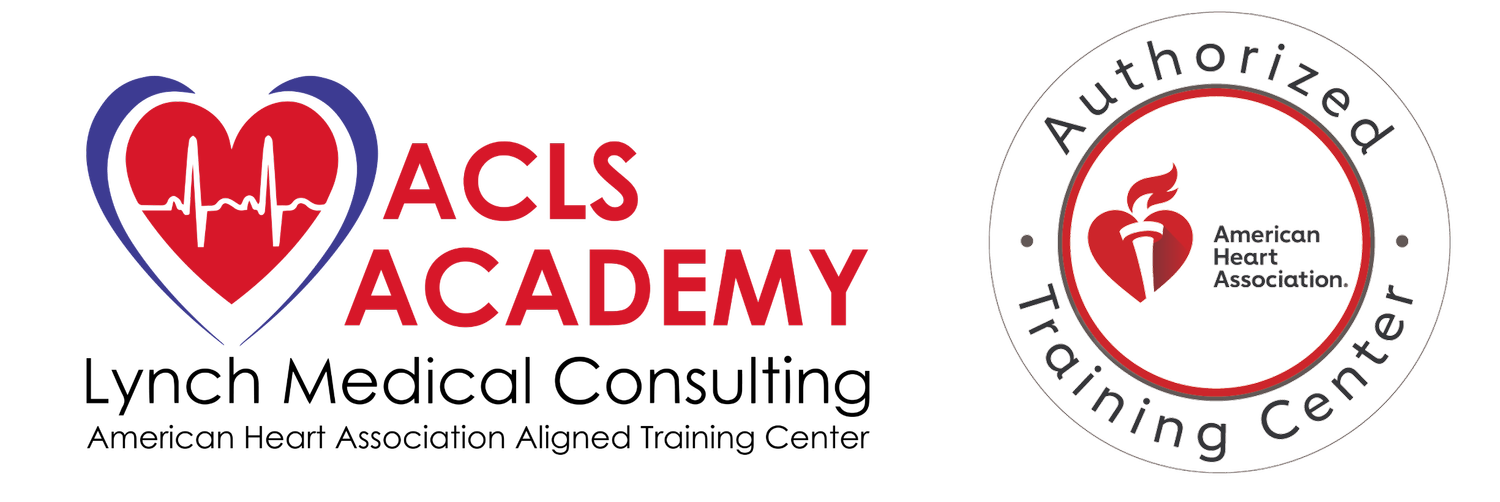Winter is here, and as temperatures continue to drop, protecting your heart and overall health is crucial, especially for those at high risk due to existing heart disease or stroke, high blood pressure, or being overweight. With increased respiratory infections and increased workload on the heart shoveling snow, there are more deaths from coronary artery disease in the cold winter months than in other seasons.
To help prevent sudden cardiac arrest, follow these tips!
Stay Warm
Cold temperatures can cause coronary heart disease to suffer from chest pain or discomfort, called angina pectoris. When it's cold, windy, and snowing/raining, the heated layer of air around the body is removed, and it causes the body to lose heat faster.
To help stay warm and avoid any discomfort, layer your clothing to form protective insulation. If you’re going outside, make sure to wear a hat, scarf, and gloves to help keep your body warm.
Avoid Sudden Cold Weather Exertion
Shoveling snow can be a healthy form of exercise, but if you’re typically sedentary, are in poor physical condition, or have risk factors, a sudden snowstorm and having to shovel can put extra strain on your heart. If possible, avoid shoveling or even walking through heavy, wet snow to avoid straining your heart.
Recognize Signs of Hypothermia
When your body can’t produce enough energy to keep your body warm enough, hypothermia can occur, which can kill you. Children, the elderly, and individuals with heart disease are at a higher risk for hypothermia and heart failure.
Being aware of the symptoms of hypothermia can help you act fast before it’s too late! Some symptoms include lack of coordination, mental confusion, slowed reactions, shivering, and sleepiness.
Avoid Drinking Alcohol Before Heading Outside
While alcohol can give you the feeling of warmth from the blood vessels expanding in the skin, it draws blood away from the body’s vital organs. To help avoid the likelihood of hypothermia, be sure to avoid alcohol consumption and physical activity in harsh winter weather conditions.
Be Prepared for an Emergency by Knowing CPR
CPR is a life skill and will allow you to jump into action if an emergency occurs. If you think a person is suffering cardiac arrest, follow these steps.
Check for response
Call 9-1-1 for help
Check for no breathing or only gasping - If the person is not breathing or is only gasping, begin CPR with compressions
Begin CPR - Push down two inches in the center of the chest at a rate of 100-120 pushes a minute and allow the chest to come back up to its normal position after each push
AED - If there’s an AED accessible, turn it on and follow the prompts
Continue with CPR until the person starts to breathe and move or until help arrives

